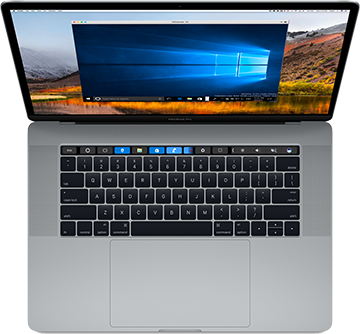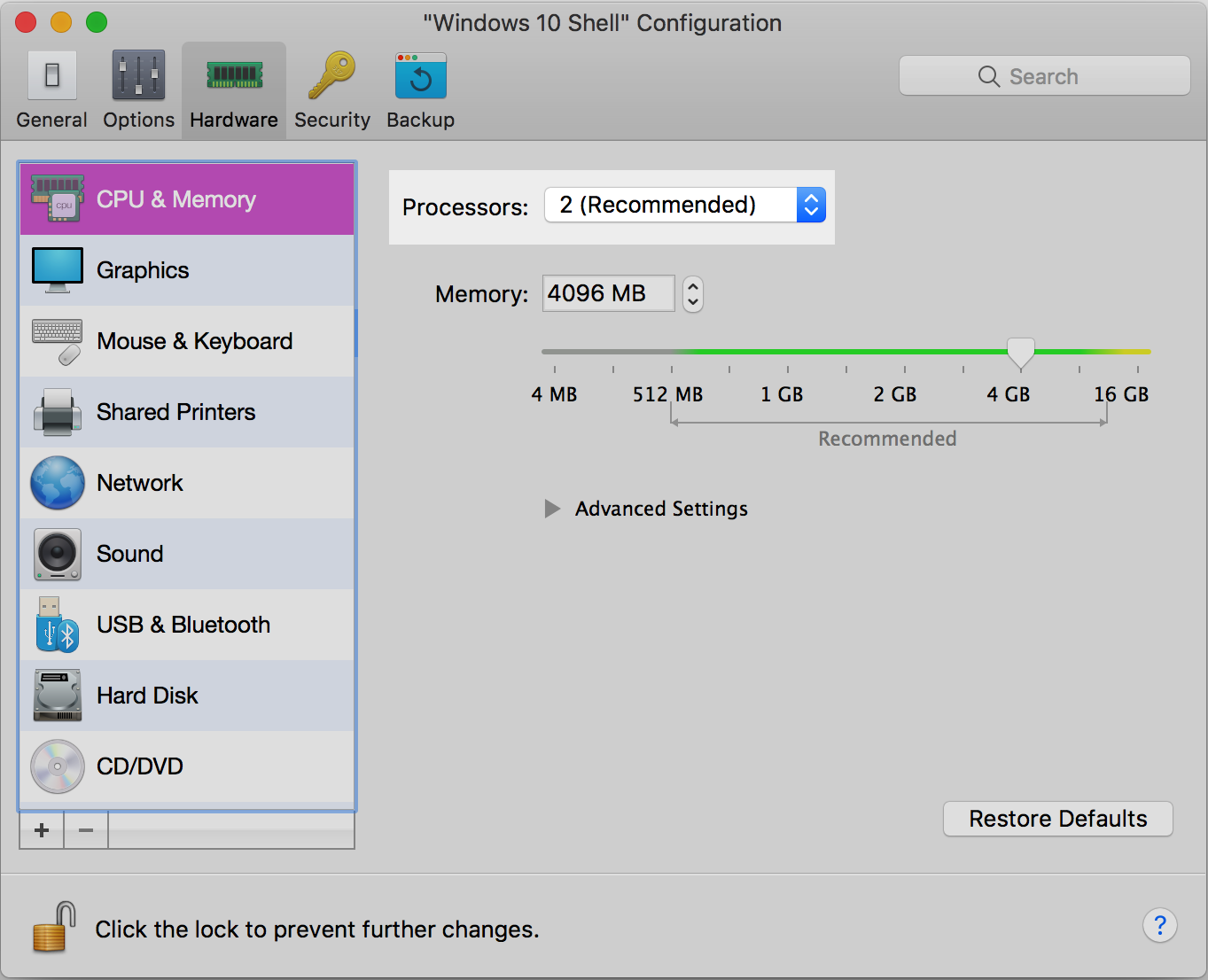Whether you need to run Windows programs that don’t have Mac versions, or you are making the switch from PC to Mac and need to transfer your data, Parallels Desktop has you covered. Seamless Use Windows side-by-side with macOS (no restarting required) on your MacBook ®, MacBook Pro, iMac ®, iMac Pro, Mac mini ® or Mac Pro ®. Parallels Desktop 14 for Mac makes it easier than ever to get back space on your Mac! Get up to 20 GB back with new disk usage optimization. Automatically reorganize your virtual disk to increase limits for optimal storage savings. Reengineered with macOS Big Sur in mind plus the usual performance and feature enhancements, Parallels Desktop 16 makes it a snap to run other operating systems as virtual machines on your Mac.
Virtual machine’s capabilities are seemingly endless. Whether a Mac user needs Windows for gaming, Microsoft Office, or design programs – Parallels Desktop for Mac has you covered.
One important question remains: How do users know when to allocate specific resources to the virtual machine based on their needs?
It is a widely-discussed myth that a virtual machine needs ALL of the host machine’s resources in order to run effectively. This is simply not true.
In order to avoid mistakes with a virtual machine’s configuration, our team would like to shed some light on the matter by dispelling three common myths about virtual machine performance.
Myth 1: The more processors I assign to my VM, the better.

 It sounds logical—more is better.Well, that’s not exactly true.One or two virtual CPUs is enough for most of the Windows applications you run. Assigning three CPUs can even slow down overall performance, especially if you have an older Mac model.To see how many CPUs are assigned to your virtual machine, launch Parallels Desktop, and make sure your virtual machine is shut down.Go to Virtual Machine Configuration > Select the Hardware tab > CPU & Memory.You can then configure the number of processors (CPUs) to provide the appropriate number of computing resources for the workload you plan to run in the virtual machine.
It sounds logical—more is better.Well, that’s not exactly true.One or two virtual CPUs is enough for most of the Windows applications you run. Assigning three CPUs can even slow down overall performance, especially if you have an older Mac model.To see how many CPUs are assigned to your virtual machine, launch Parallels Desktop, and make sure your virtual machine is shut down.Go to Virtual Machine Configuration > Select the Hardware tab > CPU & Memory.You can then configure the number of processors (CPUs) to provide the appropriate number of computing resources for the workload you plan to run in the virtual machine.In most cases, one or two CPUs provide the best performance with a virtual machine. Assigning several CPUs to your virtual machine may be required if outlined in your Windows program system requirements, but it also depends on your actual Mac hardware.
We unable to add to virtual machine more resources then your Mac has.
In order to add the necessary CPU numbers and get the best virtual machine performance as a result, we need to decide how we would like to use virtual machine: for gaming or just run any counting application like a QuickBooks, and also carefully read the application’s system requirements.
